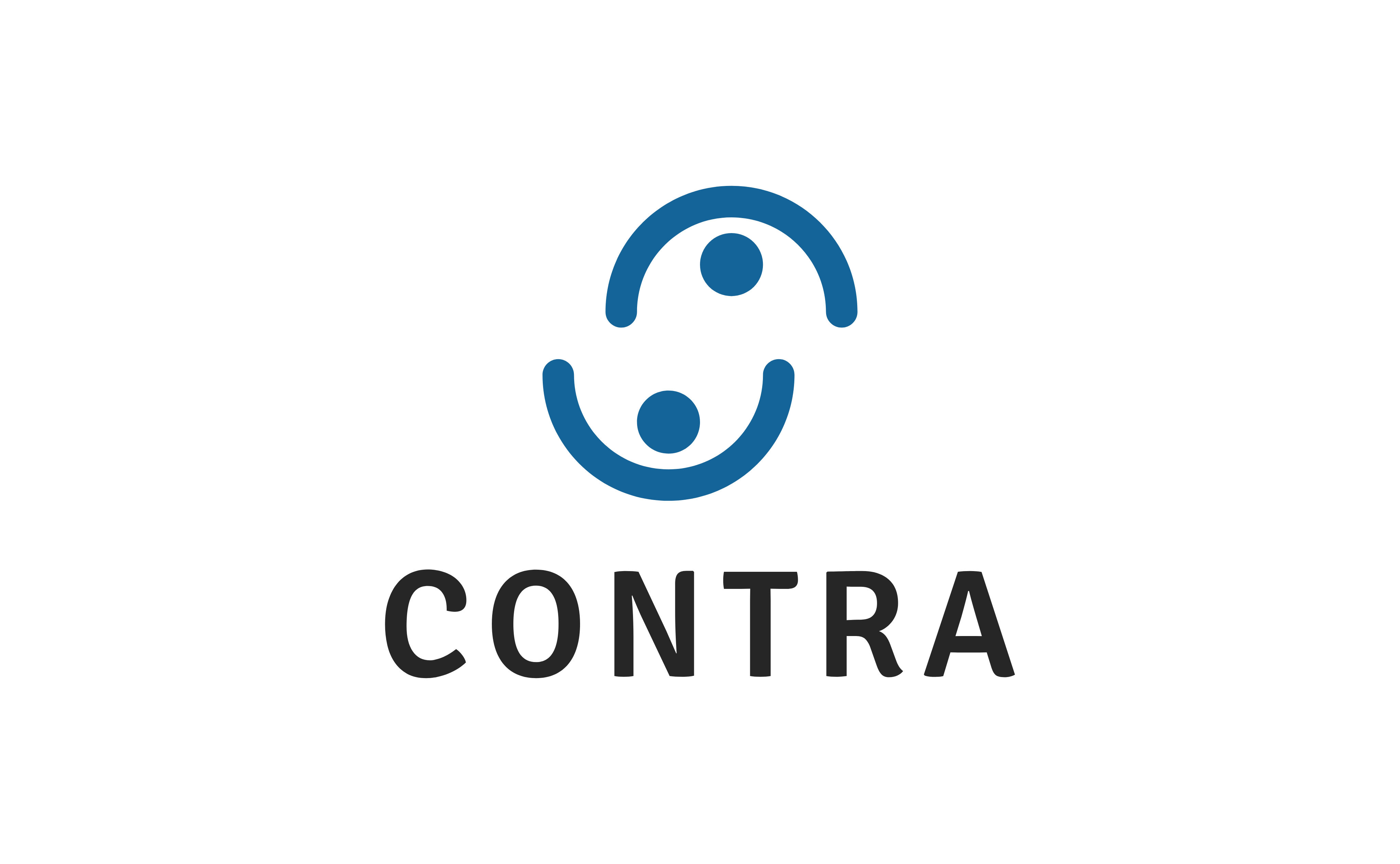
In the dynamic world of financial markets, the ability to forecast future stock prices holds paramount importance for investors. Time series analysis and forecasting emerge as critical tools, enabling the meticulous organization and examination of chronological data sets to predict future events. This comprehensive exploration delves into the essence of time series, its analytical approaches, and forecasting techniques, fortified by statistical data, academic references, and practical Python applications.
Understanding Time Series and Its Analysis
Time Series is a sequence of data points collected or recorded at successive time intervals. The analysis of these data points, known as Time Series Analysis (TSA), involves statistical techniques to model and understand the underlying structure and function of time series data. This understanding aids in making informed predictions about future values.
Types of Time Series
Time series data can be classified based on its stationarity:
- Stationary Time Series: The statistical properties of these series, like mean and variance, do not change over time.
- Non-Stationary Time Series: These series exhibit trends, seasonality, and other structures that evolve over time.
Components of Time Series Analysis
The four main components of time series analysis are:
- Trend: The long-term movement in the data over time.
- Seasonality: Regular patterns or cycles of fluctuation observed within specific time intervals.
- Cyclical Components: These are fluctuations observed beyond seasonal effects, usually tied to economic or business cycles.
- Irregular (Random) Components: Unpredictable effects that do not fit into the other categories.
Decomposing Time Series Data
Decomposing involves separating the time series data into its constituent components, a crucial step for understanding and modeling. Techniques like Additive and Multiplicative models are used based on the nature of the time series.
Time Series Forecasting
Time Series Forecasting utilizes historical data as the basis to predict future outcomes. Methods range from simple moving averages to complex models like ARIMA (AutoRegressive Integrated Moving Average) and machine learning algorithms.
Practical Time Series with Python
Python, with its rich ecosystem of data science libraries (like Pandas, NumPy, and Matplotlib), is an excellent tool for time series analysis and forecasting. The process typically involves:
- Importing Data: Using Pandas to read and manipulate time-series data.
- Visualization: Plotting the data to understand its components and patterns.
- Modeling and Forecasting: Applying statistical models to forecast future values.
- Validation: Assessing the accuracy of forecasts against actual outcomes.

Leave a Reply